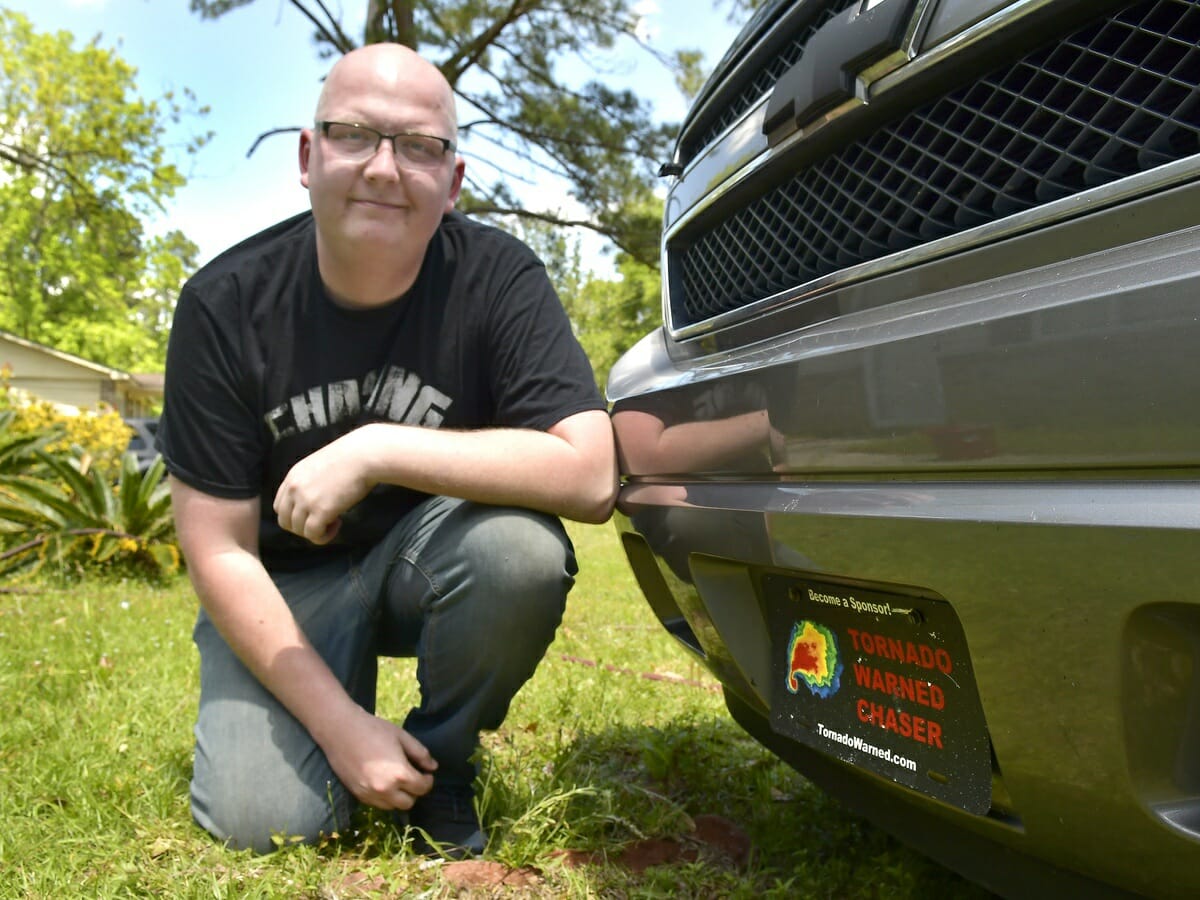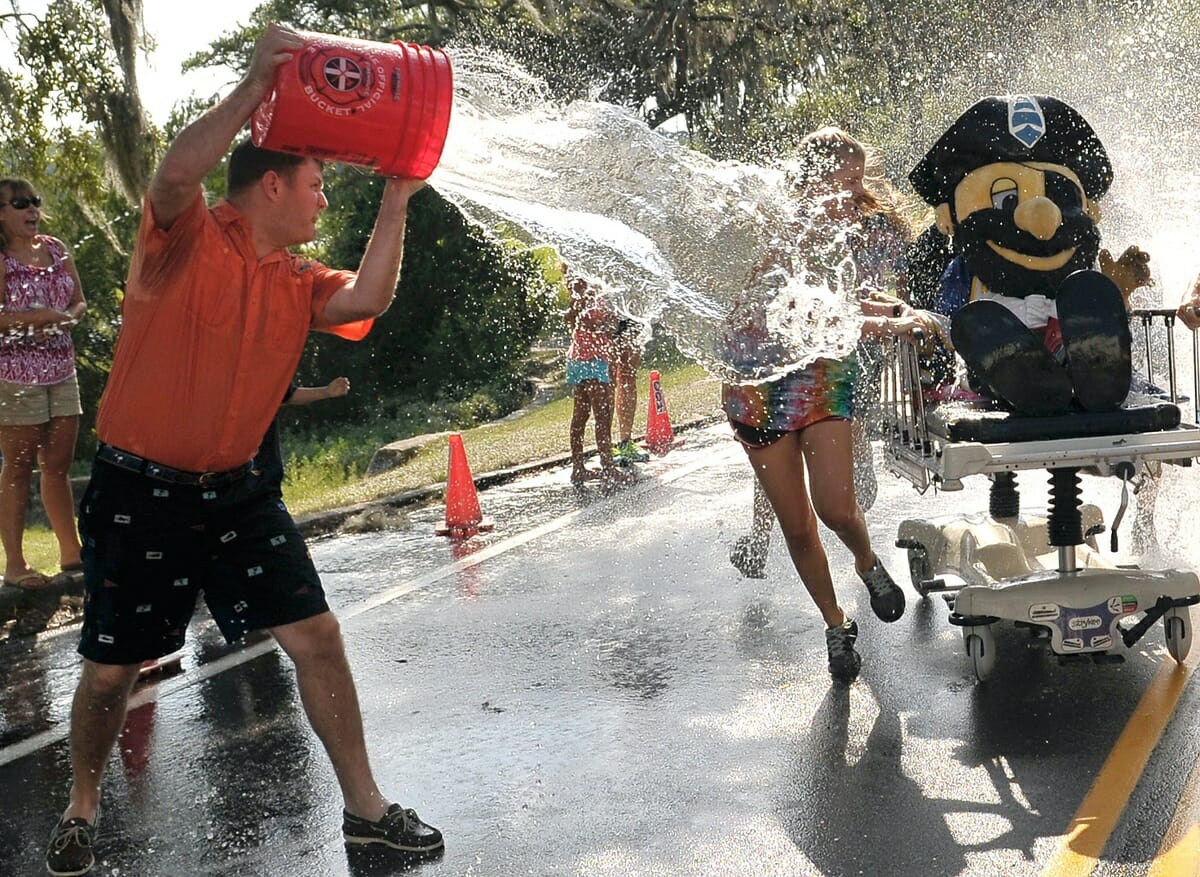What is involved with bringing the only surviving naval ship of the Spanish-American War to Beaufort?
The Ship’s History

The 1890’s was a decade of tremendous change in America with a view towards developing international markets and becoming a player in the global realm. This required a new Navy with coal burning battleships and very sophisticated weapons systems. These new ships began to come on line in 1890. The U.S. Naval Station in Port Royal was to become front and center and play a strategically important role in support of the Atlantic fleet during the Spanish American War.
From 1891-1895 a new dry-dock facility was built at the U.S. Naval Station Port Royal, the only one south of Norfolk, Va. Twenty-two naval ships visited the Naval Station, including the battleships USS Maine, USS Massachusetts, USS Texas and the USS Indiana. The USS Maine made one of its last stops for provisions in Port Royal before leaving for its final voyage to Havana, Cuba, and the start of the Spanish American War.
When the war with Spain loomed, Fort Fremont was built on Lands End on St. Helena Island with a mission to protect the U.S. Naval Station in Port Royal with its strategic dry-dock and coal facilities. Because of the significant historical importance of the area, there are three nationally registered historic sites listed from this Spanish American War era: the dry-dock at the U.S. Naval Station Port Royal (now Parris Island), Fort Fremont, and the Hospital at Fort Fremont.

The Spanish American war was waged on two fronts with the Atlantic military and naval forces focused on Cuba and the Pacific Fleet focused in Manila. USS Olympia served as Admiral Dewey’s flagship at the Battle of Manila Bay. On May 1, 1898, Olympia devastated a Spanish fleet at Manila Bay in the Philippines, beginning the Spanish-American War. Olympia helped catapult the United States into the role of superpower and won fame for her most famous officer, Commodore George Dewey.
It was from Olympia’s bridge that Dewey delivered his famous order, “You may fire when you are ready, Gridley.”
Olympia also served her country during World War I. The USS Olympia is the world’s oldest floating steel warship and the sole surviving naval ship of the Spanish-American War.
Olympia’s Situation
In 1966, the Independent Seaport Museum in Philadelphia took control of the Olympia and has been responsible for more than $5 million in maintenance, repair, preservation and restoration since taking position from the Cruiser Olympia Association.
In February 2010, the museum announced that the aging Spanish-American War Cruiser Olympia was in need of substantial and costly hull repairs to prevent her from sinking. Annual inspections by the Navy have highlighted several times over the past 12 years the ship’s deteriorating hull condition and the need for dry docking. The ship has not been dry docked in more than 65 years. According to inspections, the ship will sink in place within three years if no actions are taken. The museum has attempted to seek another nonprofit organization willing and able to assume ownership of the vessel and fulfill contractual obligations for the indefinite maintenance and preservation of the vessel. To date, the museum has been unable to identify a qualified organization to which to transfer the Olympia. The Navy has said that they are willing to authorize the museum to responsibly dispose of the Olympia.
A Possible Role for Beaufort
Right now there is a tremendous effort in Philadelphia by citizens, partner groups and historic organizations to raise the needed funds to sustain the museum program. The critical issue is that if they are not successful, the chances are likely that the USS Olympia will be disposed of at sea.
There might be a unique opportunity for Beaufort to play a role in developing a long-term strategy that could provide an alternative that could save the Olympia and insure that its place in history will be shared for generations to come. The concept would be that the original dry-dock at Parris Island be restored and a base be built to hold the Olympia in a permanent dry-dock status. This would require that the Olympia be towed from Philadelphia to Beaufort. What makes this approach truly unique is that the Olympia would be at home with the Spanish American War history that is such an important part of Beaufort’s history.
To be successful in developing this concept of a move to Beaufort for the Olympia, it will take a national commitment involving leadership from Beaufort, Philadelphia, as well as the Navy and Marine Corps. As with all things of this nature, the devil is in the details, but what an exciting challenge it will be.
USS OLYMPIA PROJECT QUESTIONS
Why is the Cruiser Olympia’s historic role so important to America’s heritage?

The Cruiser OLYMPIA is one of the United States’ greatest historical artifacts. The sole surviving warship of the Spanish American War, she is the world’s oldest floating steel warship. Olympia is the third oldest major U.S. naval vessel in existence, after the Constitution and the Constellation.
The Olympia’s importance in American history is virtually unparalleled. Serving as Admiral George Dewey’s flagship at the Battle of Manila Bay, she remains as the sole surviving witness to the birth of the United States as a world power, and the beginning of what has been called “the American Century.” Olympia’s last official naval mission was to carry the body of the Unknown Soldier from France to the United States in 1921. In addition to being a National Historic Landmark, Olympia is also a National Historic Mechanical Engineering Landmark, on the National Register of Historic Places, and part of the Save America’s Treasures program.
The U.S. Naval Station Port Royal (presently the Marine Corps Recruit Depot Parris Island) played a major role in the Spanish American War; could there be an opportunity for Parris Island to play a role in the future of the Cruiser Olympia?
We believe there could be a major and historical role for the future of the Olympia.
The original dry-dock Facility at Parris Island could play an important role for providing a long term solution and a home for the Cruiser Olympia and ensure that its place in history will be shared for generations to come.
The concept is that the original historic dry-dock at Parris Island be restored and a base and cradle be built to hold the Olympia in a permanent dry-dock status. This would provide a long term solution to water- based hull damage, a reduction in short term and long term maintenance costs, and will allow a focus on ship restoration and preservation. What makes this approach truly unique is that The Olympia would be at home with the Spanish American War history that is such an important part of Beaufort’s history.
Would there be additional historical significance to the Beaufort area if the Olympia project is successful?
Because of its important role during the Spanish American War, the Beaufort area has three designated National Historic sites, all of which are recognized for their role during that period. The Paris Island dry-dock, Fort Fremont, and the Hospital at Fort Fremont are designated Historical sites and the Olympia would add a fourth National Historic site designation. We believe that having this number of historical sites would be of great national interest and would bring focus on Beaufort’s role during this important part of American history.
How would the Olympia Project be developed?
The primary considerations to ensuring the future of the Cruiser Olympia is a plan that would allow a permanent dry-dock home for the Olympia at Parris Island. The initial phase, with the approval of the Marine Corps, would be to develop a feasibility study with the Marine Corps Recruit Depot Parris Island and the S.C.O.C. The feasibility study would analyze and define critical issues and would develop a business and financial plan that would ensure the long term success of the Olympia program. The second stage would be to seek and obtain necessary approvals. A third stage would be plan implementation.
The time frame for the Parris Island plan has immediacy to it since the museum in Philadelphia is proceeding with its alternative strategies for the Olympia. To be successful in developing this concept of a move to Beaufort for the Olympia it will take a national commitment involving leadership from Beaufort, Philadelphia and its supporters and partners as well as the Navy and Marine Corps.
What is the role of the South Carolina Olympia Committee?
With the approval of the Marine Corps Recruit Depot Parris Island, the committee would be responsible for the development of the project and the initial application process. It would take ownership of the Olympia with a mission to insure a long-term, financially sound program for this historic national treasure.
What is the role of the Navy in the Olympia Program?
The Cruiser Olympia is part of The Navy Inactive (PMS 333) Ships Program Office Ship Donation Program which is the Secretary of the Navy’s agent for donations. The program is administered by the Naval Sea Systems Command. PMS 333 manages the Ship Donation Inspection Program to monitor the overall material condition and appearance of ship museums through annual inspection by Naval Reserve units across the country. All naval ship museums are required by law to be maintained in a condition satisfactory to the Secretary of the Navy.
What is the current status of the Olympia Relocation Efforts?
The Independent Seaport Museum in Philadelphia recently held an Olympia Summit to assist interested groups in understanding the process and requirements necessary to submit an application for the Olympia’s relocation. It is extensive process and there are a number of cities that have expressed an interest.
The South Carolina Olympia Committee had two representatives at the conference and felt that there was considerable interest in the vision and approach for our plan for the Olympia’s future.
South Carolina Olympia Committee
• PeteRichards
• JimBradin,Col(ret.)
• JohnEhrmann,Cmdr(ret)
• BrantleyHarvey,Esq
• MarianRollings,PhD,PE
• RayRollings,PhD,PE
How can you help?
The South Carolina Olympia Committee (SCOC) must raise funds for the immediate Feasibility studies required as part the Navy’s application process. Long-term efforts will require the repair of the Parris Island dry-dock to house the Olympia and the costs of repairs for the Olympia to allow for transportation.
Please help bring this historic ship to Beaufort, a city that played a critical role during the Spanish American War with it’s historic dry-dock and coaling station.
You may send your contributions big or small to:
South Carolina Olympia Committee
PO Box 1097
St. Helena Island, SC 29920
Or visit www.scolympia.org.






